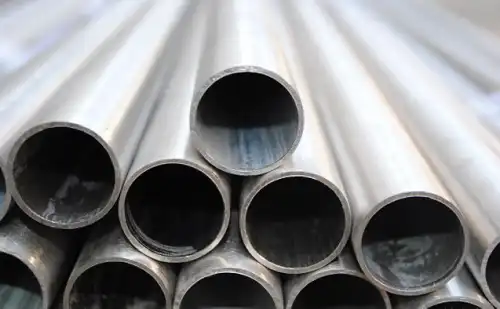Ti-6Al-4V titanium alloy, as a core material in the fields of aerospace, automotive manufacturing, and biomedicine, has garnered wide attention due to its excellent mechanical properties, outstanding corrosion resistance, and high-temperature resistance. This article aims to thoroughly explore the basic composition, unique process characteristics, and complex processing technology requirements of Ti-6Al-4V titanium alloy, providing valuable references for researchers and engineers and promoting its further application and development in the industrial field.

1. Composition and unique properties of Ti-6Al-4V titanium alloy
Ti-6Al-4V titanium alloy is composed of three elements: titanium, aluminum, and vanadium, with titanium accounting for up to 90%, aluminum for 6%, and vanadium for 4%. The addition of aluminum significantly enhances the strength and corrosion resistance of the alloy, while vanadium ensures the structural stability of the alloy at high temperatures. The alloy's density is only 4.43 g/cm³, and its excellent specific strength characteristics make it an ideal choice for aerospace and high-end manufacturing applications.
In terms of mechanical properties, Ti-6Al-4V titanium alloy exhibits high strength, high toughness, and good ductility, especially in high-temperature and harsh environments; its performance is particularly outstanding. In addition, the corrosion resistance of titanium alloy also makes it have a wide range of application prospects in the marine environment and chemical industry, and it can resist the erosion of various corrosive media.
2. Process characteristics of Ti-6Al-4V titanium alloy
The process characteristics of Ti-6Al-4V titanium alloy cover multiple links, such as smelting, casting, forging, welding, and machining. Since titanium alloy is easily oxidized and nitrided at high temperatures, the smelting process is more complicated than that of ordinary metals. Vacuum induction furnace or argon protection smelting technology is usually used to ensure the purity of the alloy during the smelting process.
In terms of casting, titanium alloy is prone to defects such as pores and cracks during the casting process due to its high melting point and poor fluidity. Therefore, precision casting technology is often used, and casting parameters are strictly controlled to reduce the occurrence of defects.
Forging is an important means to improve the internal structure of titanium alloy and enhance mechanical properties. By controlling the forging temperature and deformation rate, casting defects can be effectively avoided, and the grain structure of the titanium alloy can be optimized to make it denser and more uniform.
In terms of welding, Ti-6Al-4V titanium alloy has extremely high requirements for welding technology due to its high reactivity and oxidizability. Precision welding methods such as argon arc welding and electron beam welding are usually used, and welding is carried out under a protective atmosphere to avoid oxidation, pollution, and cracks.
3. Processing technology requirements of Ti-6Al-4V titanium alloy
Due to the high strength and hardness of Ti-6Al-4V titanium alloy, its machining is difficult. During the cutting process, the high temperature strength and hardness of the alloy easily lead to rapid wear of the cutting tool, and produce high temperature areas and heat-affected zones, thereby affecting the processing accuracy and surface quality.
In order to improve processing efficiency and reduce tool wear, high-speed cutting technology and coolant are often used to reduce the temperature of the cutting zone and reduce thermal effects. At the same time, due to the high chemical activity of titanium alloys, cutting tool materials must have strong corrosion resistance. Therefore, commonly used cutting tool materials include cemented carbide, ceramics, and coated tools.
In addition, during the processing, it is necessary to strictly control the processing parameters, such as cutting speed, feed rate, cutting depth, etc., to ensure the processing quality and efficiency. At the same time, the use of advanced processing equipment and process methods, such as CNC machining, ultrasonic machining, etc., can also further improve the processing quality and efficiency of titanium alloys.
4. Conclusion and Prospect
As a high-performance material, Ti-6Al-4V titanium alloy has broad application prospects in aerospace, automobile manufacturing, biomedicine, and other fields. Due to its special process characteristics and processing difficulty, high requirements are placed on processing technology. By accurately controlling the processing process of the alloy and selecting appropriate process parameters and equipment, the quality of its finished products and application performance can be significantly improved.
In the future, with the continuous development and innovation of titanium alloy manufacturing technology, the application field of Ti-6Al-4V titanium alloy will be further expanded. Especially in more demanding engineering environments, its potential will be better utilized. Therefore, in-depth research on the process characteristics of titanium alloys and optimization of processing technology will be the key to promoting the development of titanium alloy applications.











